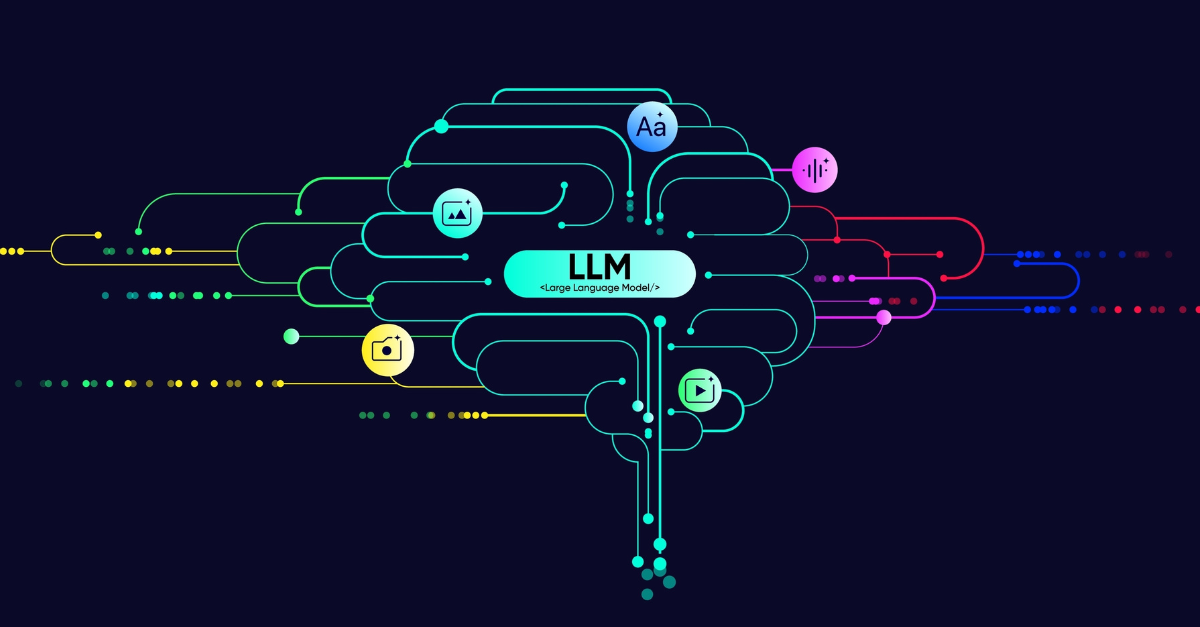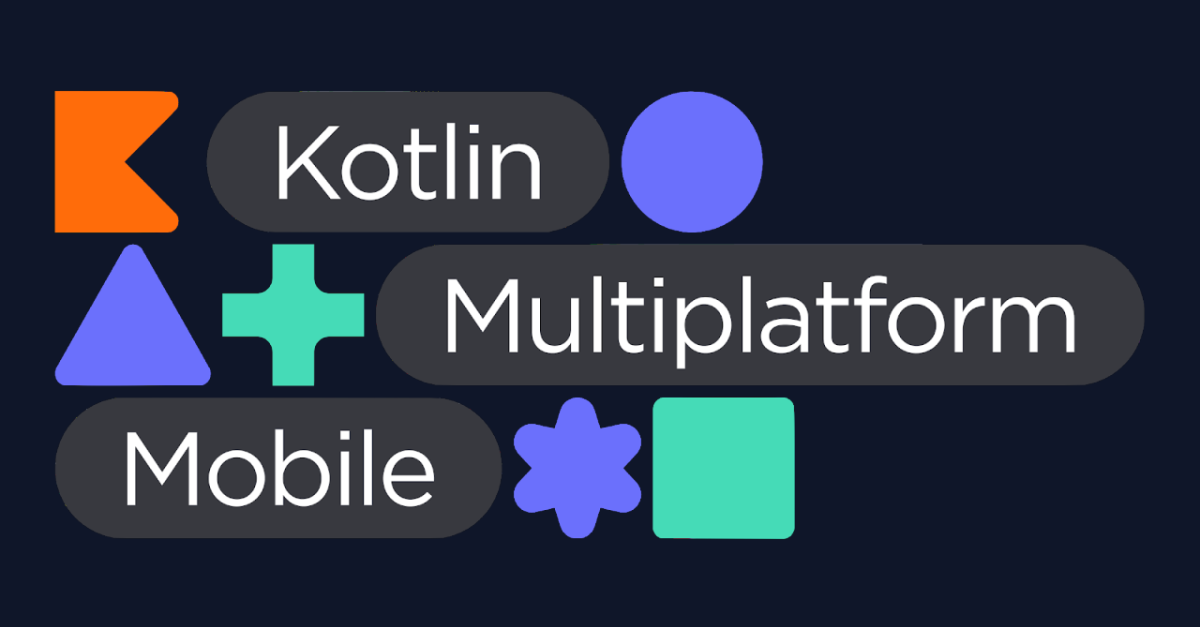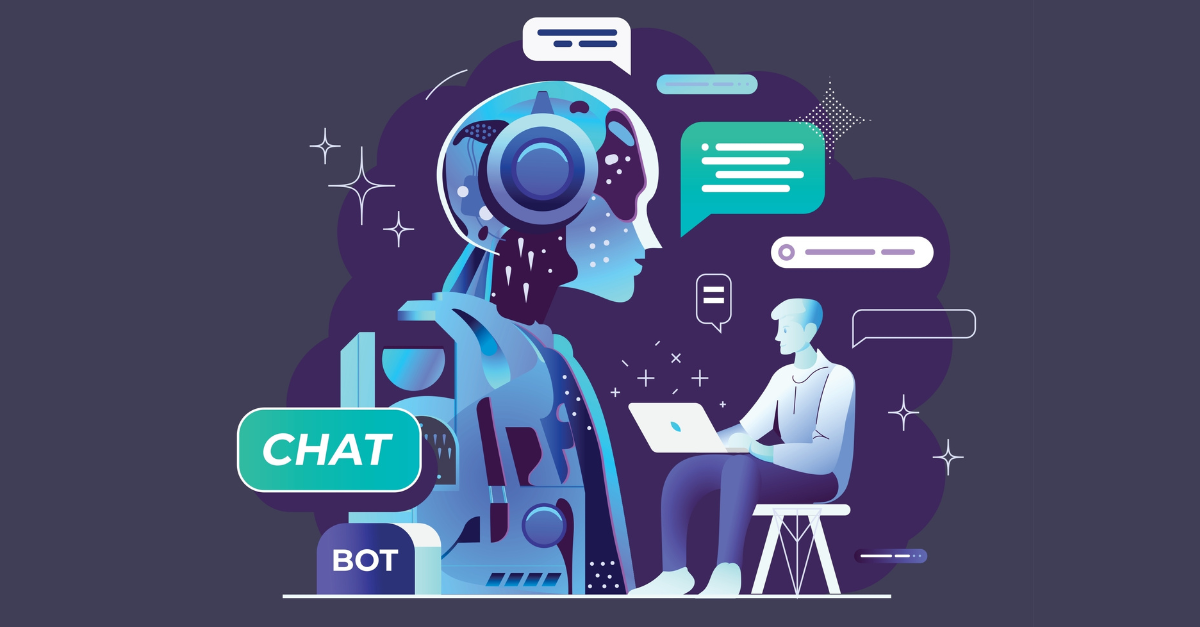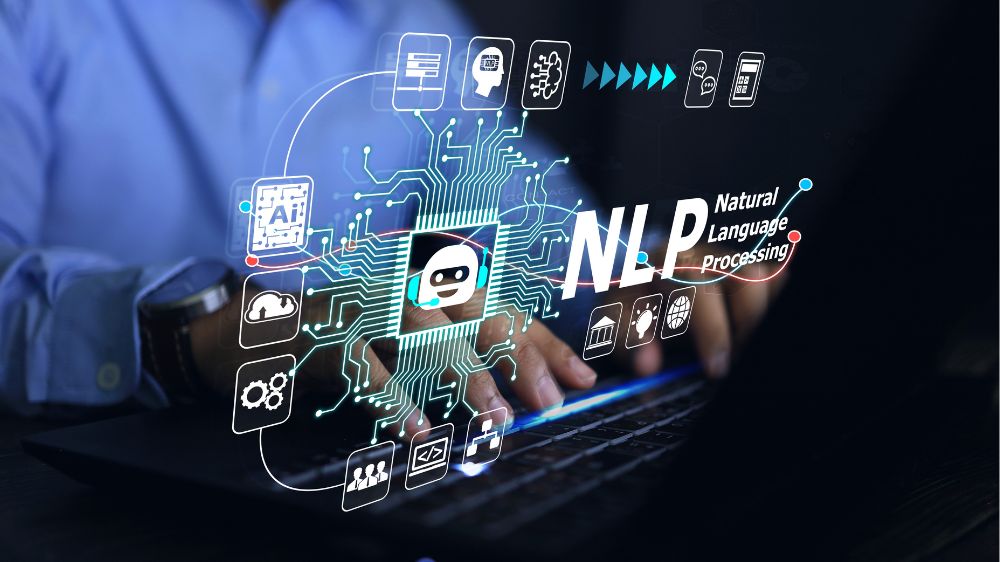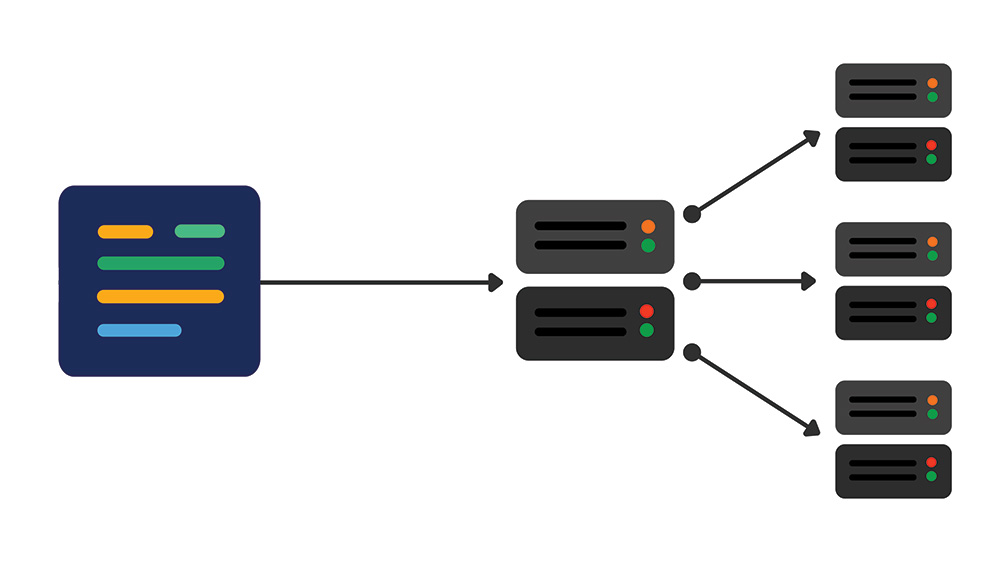News and events
Insights
Read the latest thinking from the team.

- All
- Agile and Delivery
- AI and Machine Learning
- AWS
- Cloud
- Community
- Creating Shared Value
- Data and Analytics
- Events
- Experience DiUS
- Gameday
- Generative AI
- Innovation
- intelligent pro
- Internet of Things
- Life at DiUS
- Microsoft
- Modern Mobile
- Pact
- Partners
- People
- Product Development
- Security
- Startups
- tech events
- User Experience
Debugging embedded systems often feels like grappling with a black box—limited visibility and scant tools. This blog post reveals how designing with debugging in mind transforms the process. From optimised logging to practical command-line interfaces and AWS IoT-based remote access, uncover strategies to keep your devices accessible, even in the field.
AI is revolutionising the financial services industry, but success depends on more than just adopting the latest tech. From overcoming data readiness challenges to enhancing fraud prevention, this blog post explores key strategies for integrating AI in finance.
Learn from our recent project with a leading financial services institution, where AI-generated stock summaries and personalised portfolio insights empowered investors.
This guide compares native development with multi-platform frameworks like React Native and Flutter, helping you make an informed decision. Learn how to evaluate your business needs and avoid common pitfalls to ensure a scalable, efficient, and cost-effective mobile app.
Time series databases (TSDBs) are designed for real-time, time-sensitive data, making them perfect for IoT, system monitoring, and financial analysis. Unlike traditional relational databases, TSDBs handle high-speed data ingestion and time-based queries with ease. Discover how TSDBs can improve data accuracy, speed, and scalability for your projects, offering superior performance for real-time insights.
Struggling to find the perfect cross-platform tool? Skip might be the game-changer you’ve been looking for—write your app in Swift and watch it seamlessly transform into a Kotlin-based Android app. With native access to APIs and a single codebase for both iOS and Android, Skip simplifies development while offering a polished, native feel across platforms.
Learn how mastering multi-MCU systems can streamline your embedded designs by addressing firmware management, power control, and recovery strategies.
Navigating the world of generative AI can feel like exploring uncharted waters, especially when it comes to bringing a model into production. This blog dives into the crucial steps of selecting the right Large Language Model (LLM) for your specific needs, drawing insights from a recent AWS conference. From understanding the nuances of each model to leveraging an AI Gateway for a smoother deployment, this guide offers practical advice to ensure your generative AI application is both robust and future-proof.
We are excited to announce we have a new team member with us! And to celebrate we wanted to share with you a little bit about him. Welcome to the team Josh! His role at DiUS: I’ve joined as Lead Software Engineer Consultant.
Join Trevor on a two-week adventure with Kotlin Multiplatform (KMP) as he tackles the challenges of enhancing a Flutter-based health and wellness app. Faced with complex processing tasks and AWS Amplify authentication hurdles, the journey is filled with unexpected challenges and creative solutions.
Hear from our experience design expert Anthony Vermeulen to learn how building real-world solutions with generative AI is a journey of discovery and adaptation. While there’s plenty of information on using generative AI tools, there’s less on designing for generative AI experiences. After wrapping up a project focused on increasing internal productivity through generative AI proof of concepts, Anthony shares key learnings and guidance for designers venturing into this innovative space.
Explore how to harness the best of traditional machine learning by generating synthetic data with LLMs for training compact, efficient ML models. To illustrate this, I ran an experiment using GPT-4o to generate synthetic data for three text classification tasks: spam detection, product classification, and sentiment analysis. I’ve also set out some recommendations for anyone looking to leverage synthetic data generated by LLMs for training efficient ML models.
Recently, DiUS encountered a flurry of questions about multilingual chatbots from two clients in different industries. A healthcare provider needed to communicate with diverse, non-English speaking patients, while a travel company sought to enhance experiences for non-English speaking visitors. Both scenarios highlighted a common need: breaking down language barriers to improve user experience. Multilingual chatbots powered by generative AI offer a promising solution for seamless global communication.
Get data ready: Data readiness isn’t merely about having a vast amount of data; it’s about having the right data, properly prepared and processed. In the journey towards successful ML implementation, the way data is managed from collection to analysis plays a pivotal role. Here’s a detailed look at each aspect of data readiness.
Gaining stronger control over your data is a frequent topic in our conversations with clients. Rather than starting with the technology, the aim should be to get value from your data, transforming raw information into actionable insights. Unlike dark data, which is collected but not utilised, activated data is analysed and used to inform decisions, create new business models, and enhance customer experiences.
Design systems are crucial in the tech industry, particularly for small teams and startups. They serve as the backbone of product design, influencing how a product is perceived and experienced by users. For teams with limited resources, the decision between adopting an off-the-shelf design system or developing a custom solution is vital.
Ever wanted to know what daily life in a tech consultancy looks like? In our latest blog series, we chat with Kin Lee, Senior Machine Learning Consultant – about his role and what it’s like to experience DiUS. Your role at DiUS Senior Machine Learning Engineer with experience in machine learning, natural language processing and cloud computing. A technologist by…
We dive into how LLMs excel in tasks like information extraction, summarisation and conversational interactions.
Let’s go on a journey through the evolution of database technologies—a wild ride from the early days of proprietary systems to the modern era of data lakehouses. This blog provides an overview for anyone interested in the evolution and future of data handling.
Let’s dig into what the announcements at AWS Summit Sydney 2024 mean for generative AI, and how Amazon Bedrock could help you go from PoC to production.
In this blog, we explore mastering internal digital products – think Data Activation. We deep dive into the essence, pitfalls and practices of “the products that deliver the product”.
In this blog post, we will tackle a real-world data engineering challenge. We will target the datasets via the open-sourced platform Kaggle and use the GCP services to run PySpark functions for the ETL tasks and manage the queries and results for future analytics and reporting purposes.
Part 1: The Good, The Bad, and The GenAI Today, generative AI (or “gen AI” for short) is all the rage. Most often we see this used for text generation – be it chat bots, text summarisers or, well, spam bots. Then there’s image and video generation which is perhaps the most controversial of them, and not to mention the…
Women’s economic empowerment is central to a gender-equal world, where women are given equal opportunities to earn, learn and lead.
Ultimately, the importance of data quality, engineering and building appropriate infrastructure and pipelines to enable business outcomes by scaling AI/ML cannot be overstated.
Learn about LLMs (large language models), chat bots, their components and the rise of their use
Let’s take a look into some of the factors that can influence a team, and what changes can be made to help a team achieve ownership.
Software engineers have turned to event-driven architectures (EDA) as a game-changing paradigm to deliver updates at speed and scale.
While periods of decline are a normal part of the economic cycle, there’s no denying the pressure it puts on organisations, both big and small. Yet, there are still ways organisations can adapt, disrupt and outperform during an economic slowdown.
The frontend is even more complex these days, with frameworks blurring the line between frontend and backend, and some with no backend at all – this blog post is based on my own experiences and what I’ve found useful for me.








